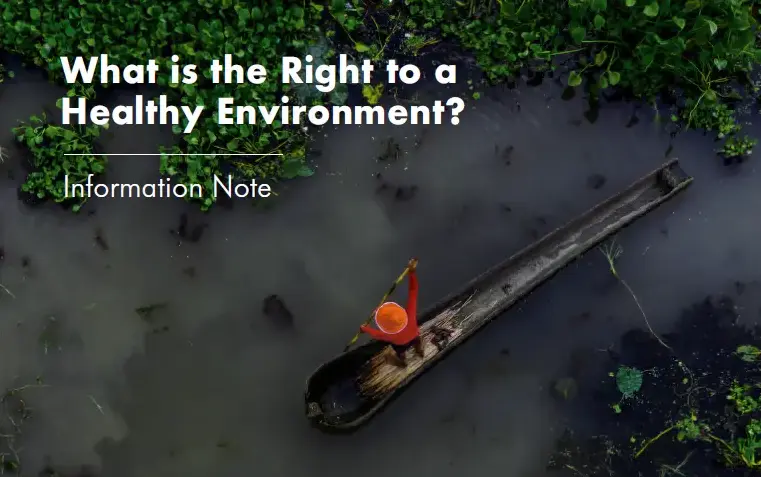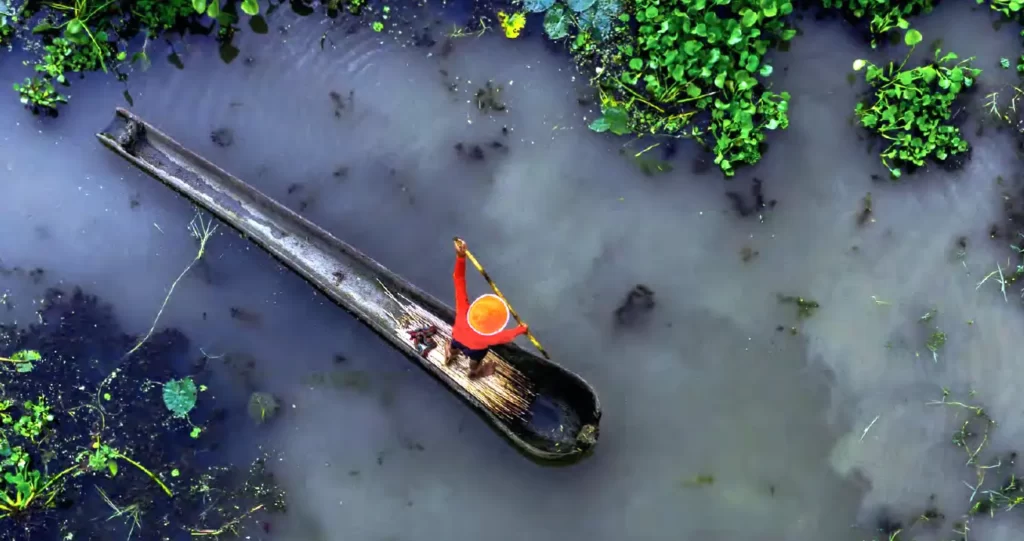All people have the right to a clean, healthy and sustainable environment. As human rights and the environment are interdependent, a clean, healthy and sustainable environment is necessary for the full enjoyment of a wide range of human rights, such as the rights to life, health, food, water and sanitation and development, among others.
At the same time, the enjoyment of all human rights, including the rights to information, participation and access to justice, is of great importance to the protection of the environment.1
Despite myriad international agreements, as well as national laws and policies, the condition of our environment keeps deteriorating. The global crises we currently face, including climate change, the loss of biodiversity, and pollution, represent some of the biggest threats to humanity, severely affecting the exercise and enjoyment of human rights. Some examples include:
- Rising global temperatures are increasing water shortages and land degradation, including soil erosion, vegetation loss, wildfires, and permafrost, affecting people’s rights to life, health, food, water and adequate standard of living, among other rights.
- Air pollution is considered one of the biggest environmental threats to health resulting in an estimated seven million premature deaths every year in violation of the rights to health and life.
- Over 38 million people were newly displaced by climate-related disasters in 2021. This directly affects the enjoyment of the rights to adequate housing, education, health and security, among others.
- Environmental degradation disproportionately impacts persons, groups and peoples already in vulnerable situations. The impacts of the triple planetary crisis augment the structural and other intersecting barriers they face. Some examples of those who have often been and may continue to be disproportionately affected by the triple planetary crisis include:
- Women and girls, as environmental degradation reinforces pre-existing gender inequalities and discrimination on issues such as gender-based violence, and rights of access and tenure over land and natural resources.
- Children who, because of inter alia their less-developed physiology and immune systems, experience the effects of environmental degradation more intensely due to food and water shortages, and transmission of diseases.
- Indigenous Peoples who often face grave and even life-threatening risks for defending the traditional lands, resources and territories upon which their communities depend for survival, livelihoods and religious and customary practices.
Download the Information Note on What is the Right To A Healthy Environment
“Global wellbeing is at risk – and it’s in large part because we haven’t kept our promises on the environment.” – UN Secretary-General António Guterres
Tags: The Right to a Healthy Environment



